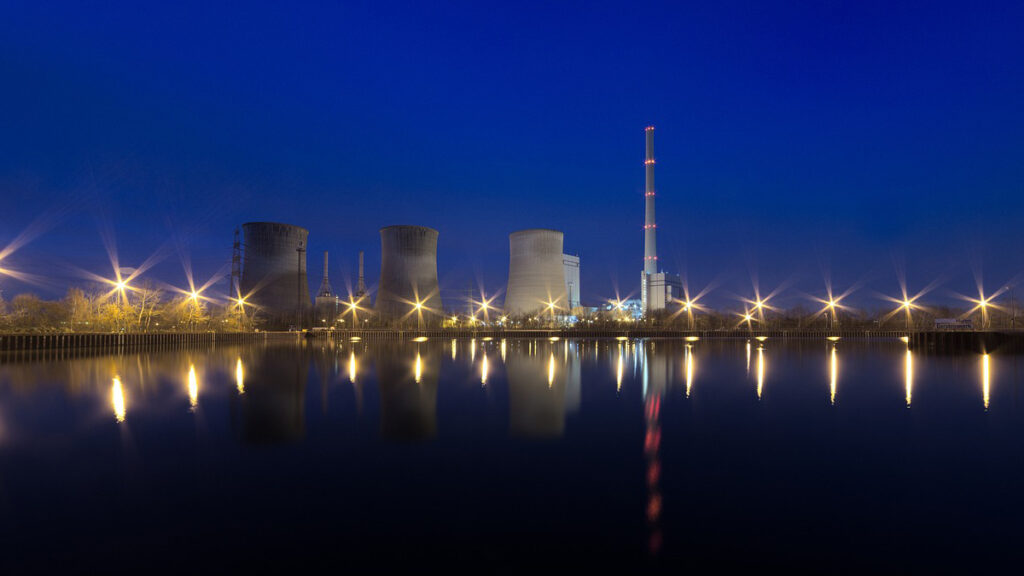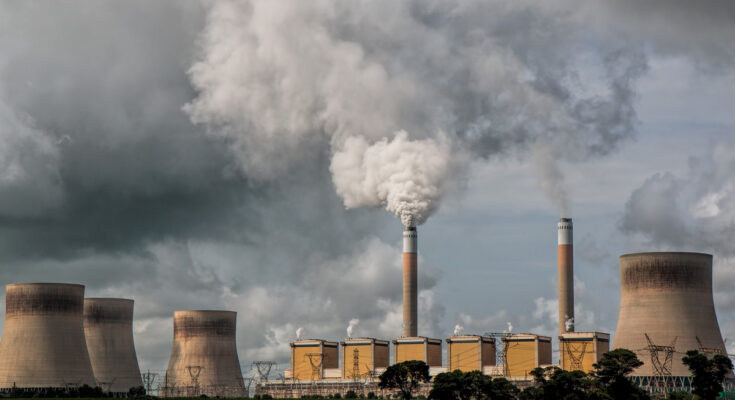
Contents
- 1 Coal, Philippines, Indonesia, and Renewable Energy in 2024
- 1.1 Coal in Southeast Asia
- 1.2 Indonesia: A Coal Giant
- 1.3 The Philippines: Balancing Coal and Renewables
- 1.4 The Rise of Renewable Energy
- 1.5 Renewable Energy in the Philippines
- 1.6 Indonesia’s Renewable Energy Ambitions
- 1.7 Challenges in the Transition
- 1.8 Economic Implications
- 1.9 Environmental and Health Benefits
- 1.10 Government Policies and Initiatives
- 1.11 The Role of Technology
- 1.12 Community Engagement and Education
- 1.13 Looking Ahead
- 1.14 Conclusion
Coal, Philippines, Indonesia, and Renewable Energy in 2024
As we move through 2024, the energy dynamics in Southeast Asia, particularly concerning coal, the Philippines, Indonesia, and renewable energy, are evolving rapidly. This region, rich in natural resources and home to burgeoning economies, is at a critical juncture in its energy journey. This article explores how coal, the Philippines, Indonesia, and renewable energy intersect and what the future holds for this vital sector.
Coal in Southeast Asia
Coal has long been a cornerstone of energy production in Southeast Asia. Both the Philippines and Indonesia have relied heavily on coal to fuel their growing economies. In 2024, coal remains a significant part of the energy mix due to its abundance and affordability. However, the environmental impact of coal, particularly its contribution to greenhouse gas emissions, is driving a shift towards cleaner energy sources.
Indonesia: A Coal Giant
Indonesia is one of the world’s biggest coal makers and exporters. In 2024, coal continues to play a pivotal role in Indonesia’s economy, providing jobs and supporting industries. Despite global pressure to reduce coal usage, Indonesia has maintained its commitment to coal due to its economic benefits. However, the country is also investing in renewable energy to diversify its energy portfolio and reduce its carbon footprint.
The Philippines: Balancing Coal and Renewables
The Philippines, like Indonesia, has historically depended on coal for its energy needs. In 2024, the Philippine government is actively working to balance coal usage with the adoption of renewable energy sources. The country faces unique challenges, including its archipelagic geography, which complicates energy distribution. Nevertheless, the push towards renewable energy is gaining momentum, driven by both environmental concerns and the desire for energy security.
The Rise of Renewable Energy
Renewable energy is becoming increasingly important in Southeast Asia. The transition from coal to renewable energy is seen as crucial for sustainable development. In 2024, both the Philippines and Indonesia are making significant strides in expanding their renewable energy capacity, focusing on solar, wind, and geothermal power.
Renewable Energy in the Philippines
In the Philippines, the government has set ambitious targets for renewable energy. By 2024, the country aims to increase its renewable energy share to reduce reliance on coal. Solar energy is particularly promising due to the Philippines’ tropical climate, which provides abundant sunlight year-round. Wind and geothermal energy are also being explored to diversify the energy mix further.
Indonesia’s Renewable Energy Ambitions
Indonesia, while still heavily reliant on coal, is also investing in renewable energy. The government has launched several initiatives to promote renewable energy, recognising its potential to provide a sustainable and reliable energy supply. Solar and wind energy projects are being developed across the country, and there is significant potential for geothermal energy due to Indonesia’s volcanic landscape.
Challenges in the Transition
The transition from coal to renewable energy in the Philippines and Indonesia is not without challenges. These include the high initial costs of renewable energy projects, the need for technological advancements, and the requirement for robust infrastructure to support new energy sources. Additionally, both countries need to navigate regulatory and policy frameworks to create a conducive environment for renewable energy investments.
Economic Implications
The shift towards sustainable power has huge financial ramifications. In the short term, coal remains economically attractive due to its established infrastructure and lower costs. However, investing in renewable energy can lead to long-term economic benefits, including job creation in new energy sectors, reduced healthcare costs due to lower pollution levels, and energy security through diversified energy sources.
Environmental and Health Benefits
The environmental and health benefits of transitioning from coal to renewable energy are substantial. Reducing coal consumption can significantly lower greenhouse gas emissions, helping to mitigate climate change. Additionally, cleaner air from reduced coal use can lead to improved public health outcomes, reducing respiratory and cardiovascular diseases associated with air pollution.
Government Policies and Initiatives
Government strategies assume a pivotal part in forming the energy scene. In 2024, both the Philippines and Indonesia are implementing policies to encourage the adoption of renewable energy. These include subsidies for renewable energy projects, tax incentives, and regulations to phase out older, more polluting coal plants. International cooperation and support from global organisations are also aiding these efforts.
The Role of Technology
Technological advancements are key to the success of renewable energy in the Philippines and Indonesia. Innovations in solar panel efficiency, wind turbine technology, and energy storage solutions are making renewable energy more viable and cost-effective. Additionally, smart grid technology can help integrate renewable energy into existing power grids, ensuring a stable and reliable energy supply.
Community Engagement and Education
Community engagement and education are vital for the successful transition to renewable energy. Public awareness campaigns can highlight the benefits of renewable energy and encourage communities to support and adopt new energy technologies. Educational programs can also prepare the workforce for new job opportunities in the renewable energy sector.
Looking Ahead
As we look ahead, the energy landscape in Southeast Asia is poised for significant changes. The interplay between coal, the Philippines, Indonesia, and renewable energy will continue to evolve, driven by economic, environmental, and technological factors. The transition to renewable energy, while challenging, offers a path towards sustainable development, energy security, and improved public health.
Conclusion
In 2024, the energy narratives of coal, the Philippines, Indonesia, and renewable energy are intertwined in a complex yet promising journey. The efforts to balance economic growth with environmental sustainability highlight the region’s commitment to a cleaner, greener future. As both countries navigate this transition, the lessons learned and innovations developed will not only benefit Southeast Asia but also provide valuable insights for the global energy community.




